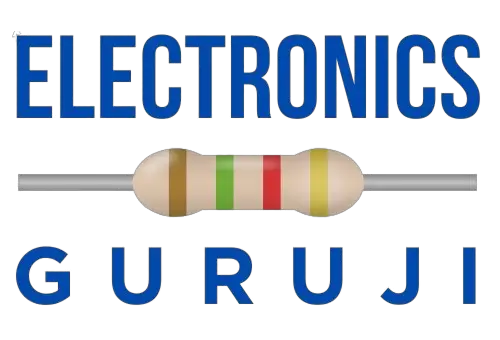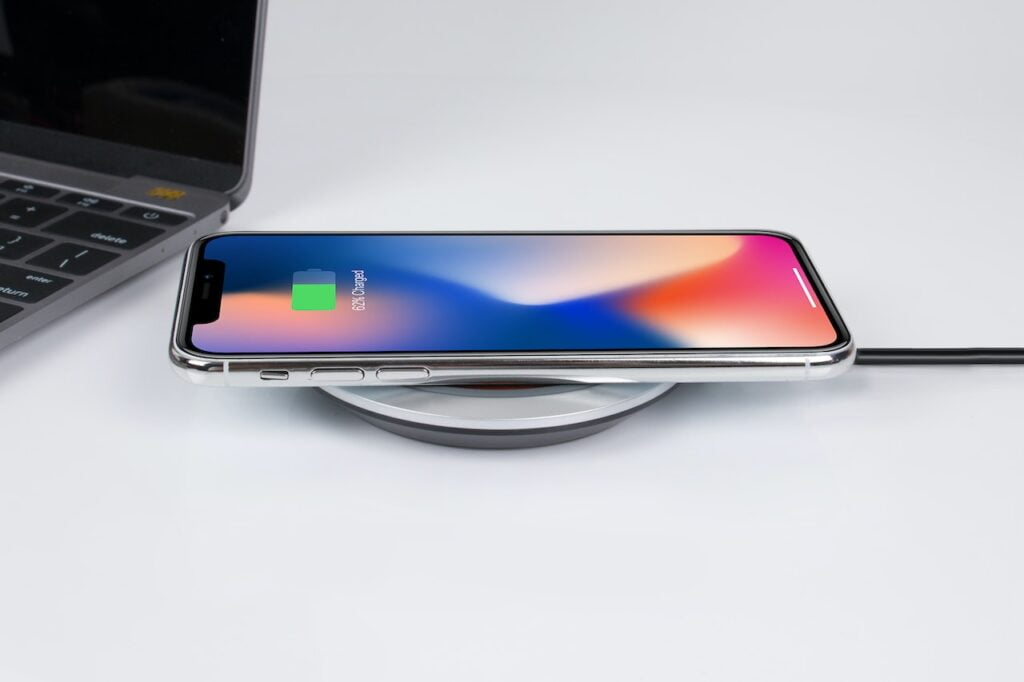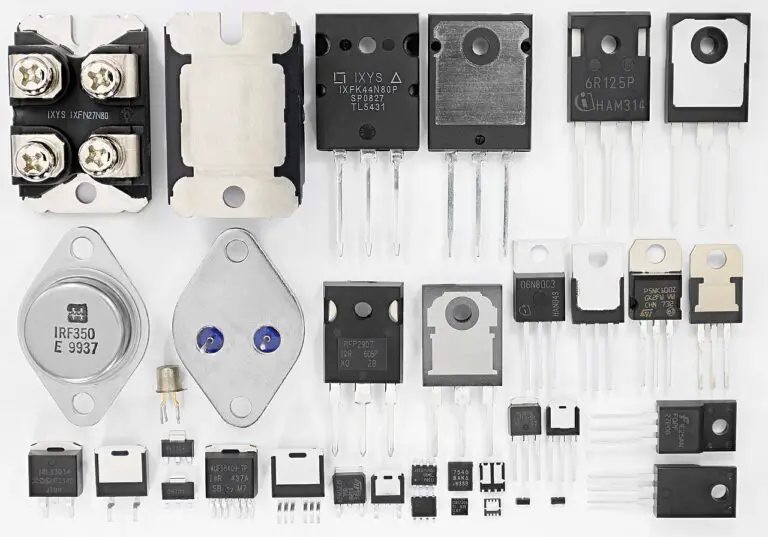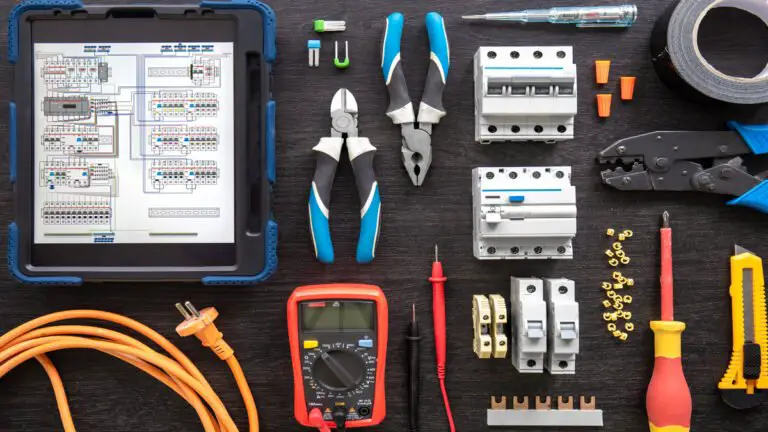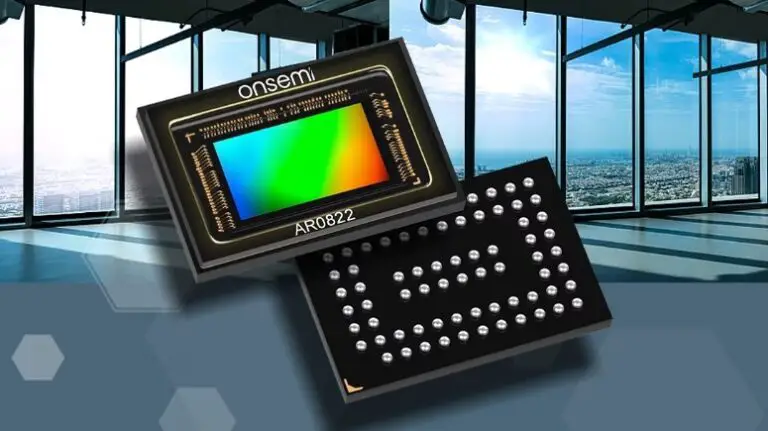Wireless charging is revolutionizing the way we power our devices, offering a convenient and eco-friendly alternative to traditional charging methods. This article explores the concept of wireless charging, how it works, its benefits, various applications across industries, challenges, and future trends.
Page Contents
- What is Wireless Charging?
- How Does Wireless Charging Work?
- Benefits of Wireless Charging
- Wireless Charging Technologies
- Wireless Charging in Mobile Devices
- Wireless Charging in the Automotive Industry
- Wireless Charging for Wearable Devices
- Wireless Charging in Furniture and Home Appliances
- Wireless Charging in Public Spaces
- Challenges and Limitations of Wireless Charging
- Future Trends in Wireless Charging
- Conclusion
- FAQs
What is Wireless Charging?
Wireless charging is a technology that transfers the power from a charging station to a device without use of physical connectors or cables. In wireless charging the electromagnetic fields is used to transfer energy instead of cords.
How Does Wireless Charging Work?
Wireless charging utilizes a charging pad or station, which generates an alternating current (AC) magnetic field. The device to be charged, equipped with a compatible receiver, converts this magnetic field into an electrical current, which charges the device’s battery. The charging pad and the device need to be in close proximity for efficient power transfer.
Benefits of Wireless Charging
Wireless charging offers several benefits that make it an appealing power solution for consumers and businesses alike. Firstly, it eliminates the need for multiple chargers and cables, reducing clutter and simplifying charging routines. Additionally, wireless charging promotes durability by reducing wear and tear on charging ports. It also provides convenience, as users can simply place their devices on a charging pad or surface without fumbling with cables. Furthermore, wireless charging is considered a more eco-friendly option since it reduces electronic waste generated from damaged cords and connectors.
Wireless Charging Technologies
Inductive charging, based on electromagnetic fields, is the most common and widely adopted technology. Resonant charging allows for greater distance between the charging pad and the device, while RF charging utilizes radio waves for charging.
Wireless Charging in Mobile Devices
Mobile devices, such as smartphones and tablets, have embraced wireless charging as a standard feature. Major smartphone manufacturers have integrated wireless charging capabilities into their flagship devices and users can charge them simply by placing on a compatible charging pad. This convenience has made wireless charging a desirable feature for tech-savvy consumers.
Wireless Charging in the Automotive Industry
The automotive industry has also embraced wireless charging technology. Wireless charging pads integrated into vehicles allow for effortless charging of electric and hybrid vehicles. By eliminating the need for physical connectors, wireless charging simplifies the charging process and enhances the user experience for electric vehicle owners.
Wireless Charging for Wearable Devices
With small form factors and limited space for connectors, wireless charging is most practical and efficient way to charge wearable devices. Users can simply place their wearables on a charging pad or dock, eliminating the need for fiddling with tiny charging cables or ports. This convenience adds to the overall appeal and usability of wearable devices.
Wireless Charging in Furniture and Home Appliances
Wireless charging has expanded beyond personal devices and made its way into furniture and home appliances. Innovative furniture designs now feature built-in wireless charging pads, allowing users to conveniently charge their devices while sitting or working. Home appliances such as lamps, clocks, and speakers are also incorporating wireless charging capabilities, reducing cord clutter and providing a seamless charging experience.
Wireless Charging in Public Spaces
Public spaces, such as airports, cafes, and hotels, have started adopting wireless charging to enhance customer convenience. Charging stations equipped with wireless charging pads are becoming increasingly common, enabling people to charge their devices on the go without the need for their own chargers. This accessibility promotes longer stays and increased customer satisfaction in public venues.
Challenges and Limitations of Wireless Charging
While wireless charging brings many benefits, there are also challenges and limitations to consider. One limitation is the efficiency of power transfer, which can be lower compared to traditional charging methods. Additionally, charging speed may be slower, especially for devices with larger batteries. The proximity requirement between the charging pad and device also limits the freedom of movement while charging. Furthermore, compatibility issues between different wireless charging standards may arise, although efforts are being made to standardize the technology.
Future Trends in Wireless Charging
The future of wireless charging looks promising, with ongoing advancements and innovations. One trend is the integration of wireless charging into everyday objects, such as desks, countertops, and even clothing. This seamless integration will further simplify the charging process and enhance user convenience. Additionally, research is being conducted to increase the efficiency and range of wireless charging, allowing for longer distances between the charging pad and the device.
Conclusion
Wireless charging is transforming the way we power our devices, offering convenience, simplicity, and eco-friendliness. From mobile devices to automotive applications, wearable devices, and public spaces, wireless charging is becoming increasingly prevalent. Despite some limitations, ongoing developments and standardization efforts are driving the adoption and improvement of wireless charging technology. As we look towards the future, we can expect even more advancements in wireless charging technology.
FAQs
Is wireless charging safe for my devices?
Yes, wireless charging is safe for your devices. It follows established safety standards and regulations to ensure proper power transfer without damaging your devices.
Can I use wireless charging with any smartphone?
Most modern smartphones support wireless charging, but it’s essential to check if your specific device is compatible with the wireless charging or not.
Does wireless charging work through phone cases?
Yes, wireless charging can work through phone cases, depending on the material and thickness. However, extremely thick or metal cases may hinder the charging efficiency.
Can I use wireless charging with non-mobile devices, such as laptops?
While wireless charging is primarily used for small devices like smartphones and tablets, there are ongoing developments to bring wireless charging to larger devices like laptops. However, as of now, wireless charging for laptops is not as widely available.
Can wireless charging overheat my device?
Wireless charging is designed to prevent overheating. Charging pads and devices have built-in safety features to monitor and regulate temperature, ensuring safe charging conditions.
